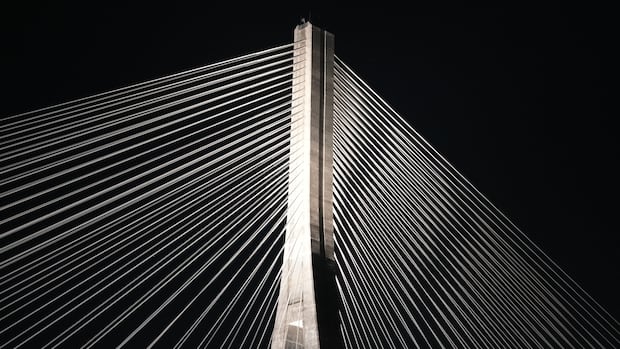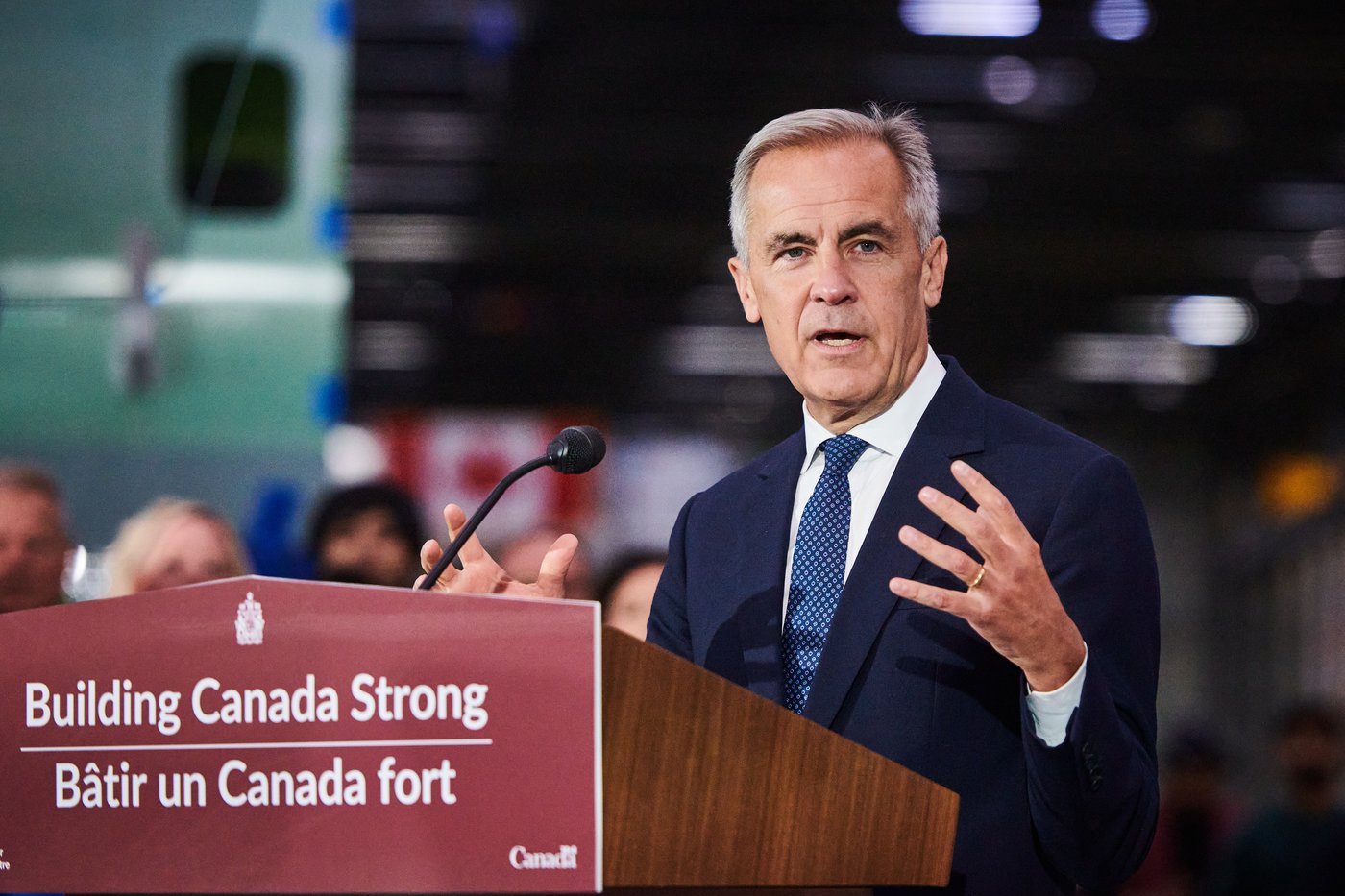Kahnawà:ke traditional government accuses Châteauguay, Que., of lack of transparency in oil spill

The Kanien’kehá:ka Nation at Kahnawà:ke, the traditional seat of government for the community south of Montreal, is calling for compensation from the provincial and federal governments after an oil spill traced to the neighbouring city of Châteauguay seeped onto its territory.
The nation says Kahnawà:ke community members only became aware of the presence of fuel seepage more than a week after an industrial spill took place in early February.
Several dozen Kahnawà:ke residents and members of the nation, also known as the Longhouse, presented themselves at Châteauguay’s city hall Friday morning to meet Mayor Éric Allard.
Standing outside, nation member Karihwakatste Deer read a letter to Allard, saying his municipality “deliberately attempted to hide evidence of the spill” because he failed to inform the community of Kahnawà:ke about it and because there were signs of a cleanup near the city’s boundary with Kahnawà:ke.
“We consider this an act of aggression against the Kanien’kehá:ka of Kahnawà:ke,” Deer read. “If this happened anywhere else in Quebec, the municipality would have the burden of responsibility to remediate the land and water.”
The nation has linked the oil seepage found in Kahnawà:ke to an event involving an oil tanker truck that occurred on Feb. 1 on Industriel Boulevard in Châteauguay.
The event took place near the headwaters of the Suzanne River where the Kanien’kehá:ka (Mohawk) Council of Kahnawà:ke (MCK), the community’s band council, reported on Feb. 22 that it had found traces of Class #2 Diesel and heating oil.
Allard insisted to the crowd it was unclear to him that the source of the oil found on Kahnawà:ke’s territory had originated from the Feb. 1 event, which he described as “a simple mechanic problem with a truck that needed to be towed.”
Allard said the fire department had responded to the issue and found only oil that had apparently leaked from the truck’s fuel tank — but not from its oil tanker, which he said was empty at the time.
“They did a cleanup, they had some discussions with the owner of the truck and that was it. So, there was no spilling. They checked around the ditch there. They checked the land. So, we don’t know what happened,” he said. “It’s a concern for us, for your population, for our population. It’s a concern for the environment as well.”
In a written statement Friday evening, the Quebec Environment Ministry said it was informed on Feb. 12 by Environment and Climate Change Canada of a petroleum spill that had taken place in Châteauguay on Feb. 1.
“The spill apparently occurred on Feb. 1 from a tanker truck belonging to the company La Pétrolière N&R Sol inc. The municipal fire department was notified and intervened, but Urgence-Environnement was not informed of the situation at that time.”

Urgence-Environnement is the provincial agency that intervenes in cases of environmental emergencies, typically in collaboration with municipalities, according to its website.
After Deer read the letter to Allard, Longhouse spokesperson Joseph Deom told reporters he was thankful the mayor had been cordial and stepped outside to meet with them.
“We’re of the opinion that the spill was a little bit more, let’s say, critical than what he purports it to be,” Deom said.
Deom said the nation wants physical and financial assistance in cleaning the oil from the community’s waterways and its ground waters.

Quebec Premier François Legault met with Allard, as well as MCK grand chief Kahsennenhawe Sky-Deer, on Friday.
“I want to make sure that the Environment Ministry and [Minister Benoit] Charette will first investigate exactly this situation and that we participate to the financing of the corrections that are needed,” Legault told reporters afterward.
Representatives for Chief Sky-Deer did not immediately return CBC’s request for comment.
Mary Lee Armstrong, her mother and two teenage daughters have temporarily moved out of their home on Zachary Road near the Suzanne River in Kahnawà:ke because of the presence of hydrocarbon fumes detected in the house.

Armstrong and her daughters spent a week staying in hotels before her insurer rented them a place to stay in Beaconsfield in Montreal’s West Island.
The process has been disorienting for the family, Armstrong said.
“Our community is here. We’re all connected and it feels like that’s been taken. I feel really mad. I feel really upset that so much could have been prevented,” she said.
“Even if an accident happens, what you need to do is the right thing.”



